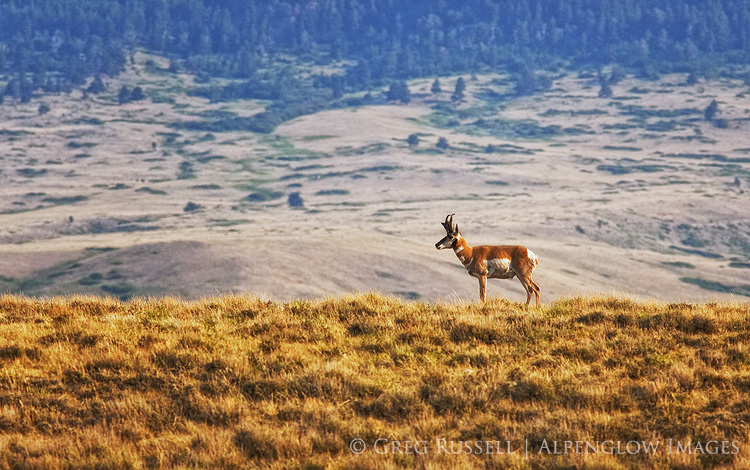As something of a disclaimer, I know not all of my thoughts here may make sense, and I know my connection between environmental issues in the West and landscape photography is tenuous at best, however because I believe so strongly in a strong sense of place guiding the production of quality landscape photography, I do believe there is a connection here. So, please humor me, and if you have any thoughts to add, feel free to leave a comment.
A little bit over a year ago, I wrote a blog post, “Citizen of the West,” in which I began to think about the landscape of the West, not just in terms of the topography, but of the culture, the art, and history as well; I was intrigued by how all of these components intersect to shape the West we live in today. The general idea I wanted to convey is that landscapes like those of the West are more than just named places on the map–because of an inherent sense of place, they become part of who we are. The places–just as much as the experiences–are what define us. For many in the West, these bloodlines, as they are, run thicker than clay red Colorado River mud.
I recently watched a powerful and somewhat dark short film, “The Death of the Bar-T,” directed by Anson Fogel from the Camp 4 Collective, that highlights this uncommon connection to the land and illustrates the complexity of some of the issues Westerners face–the collision of the old and the new West. The old versus the new; a theme that is ever-present. Another example of this was given just a couple of weeks ago by American Rivers when they named the Colorado River–the lifeblood of the West–as the most endangered waterway in America. As the population of the West grows (the arid Southwest states are among the nation’s fastest-growing), its precious little water is being strained beyond limit.
To me, landscape photography has an extremely strong Western influence–Ansel Adams’ work in the Sierra Nevada, Eliot Porter’s images of Glen Canyon, Edward Weston’s images from the California coast, Philip Hyde’s work from Utah, California, Colorado–all of these photographers shaped landscape photography as we know it today. Because of their work, the named places that dot maps of the West are practically ingrained into our DNA and their images give the feeling of a sense of place whether we’ve visited these locations in person or not. This is why so many flock to the national parks and monuments of the West each year.
As far as places go, these natural icons continue to be sought after by many as the holy grails of landscape photography, and in the name of originality, their portrayal is being pushed farther and farther to the limit of aesthetics. The old versus the new: the icons as established by the f/64 school of thought, being reinterpreted by technology-driven pictorialists.
Family ranchers are still succeeding in places, but the culture is slowly losing its grip as larger operations take over, among other things. Landscape photography, too, is changing (much has been written on this–see here or here). Whether or not you eat meat, and whether or not agree with my thoughts on photography, there is much reason to defend Western culture.
Those who live here know the West is a challenging place–it is hard and arid and unforgiving, with no offering of shade or water in summer and no shelter from winter’s blizzards. This challenge is the one against which we built everything. Without it, we have fragments of memories–a mere recollection–of what was.
Things change, shifts in culture and perspective are inevitable. I understand that, and in some ways, I suppose it’s silly to hang on to the past and avoid facing what’s here. But, on some level, I feel compelled to think about these things. All of them, from cows to photographs. Because they all matter.

